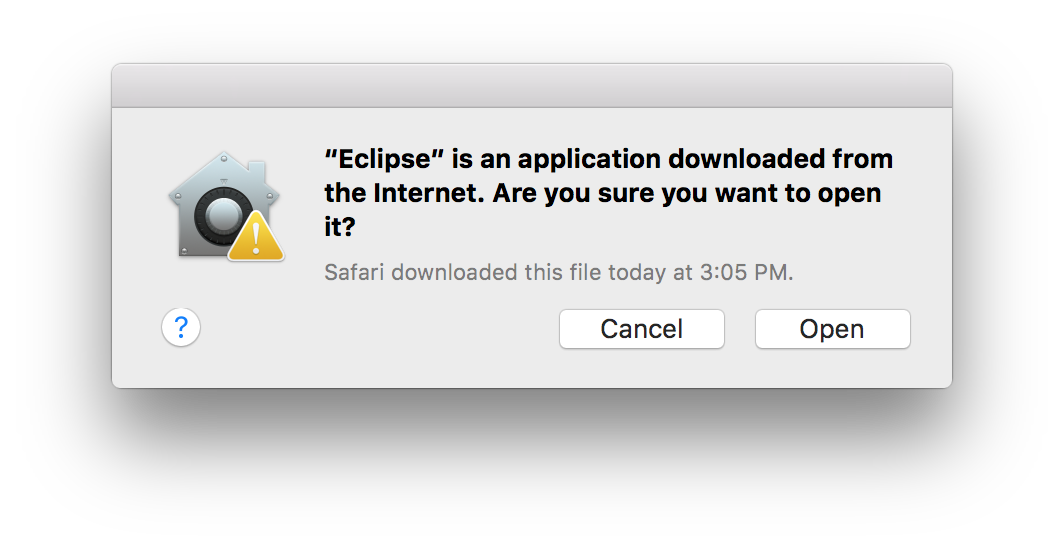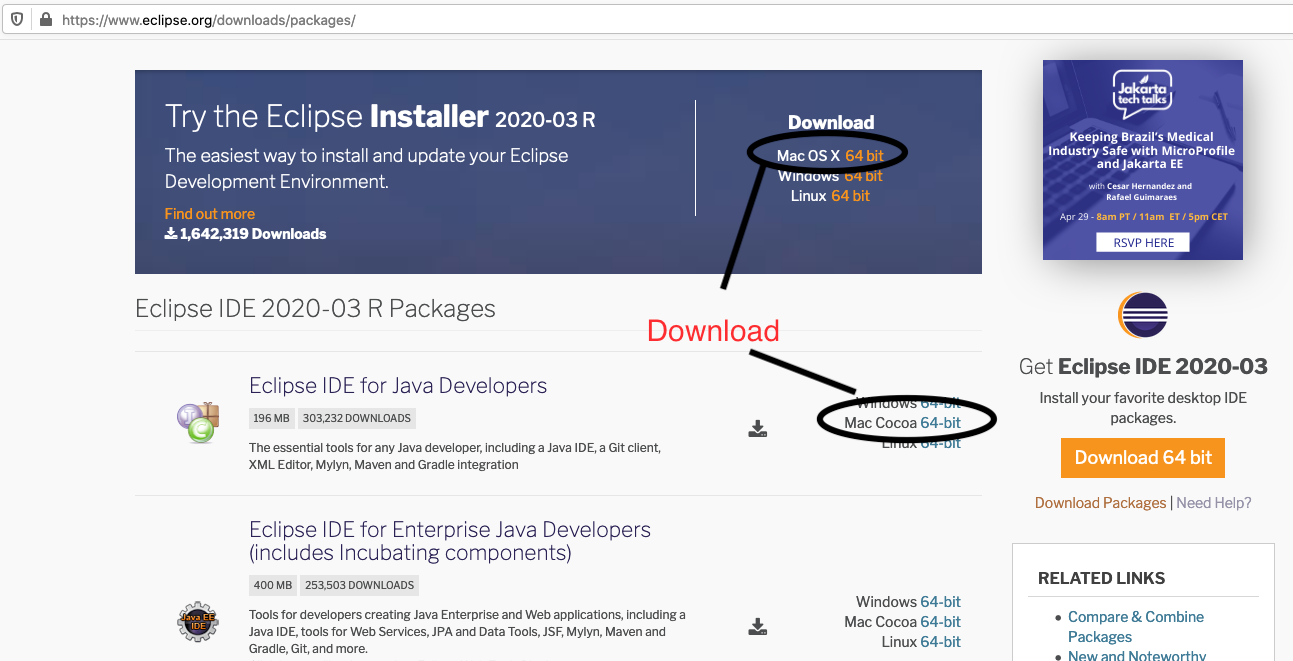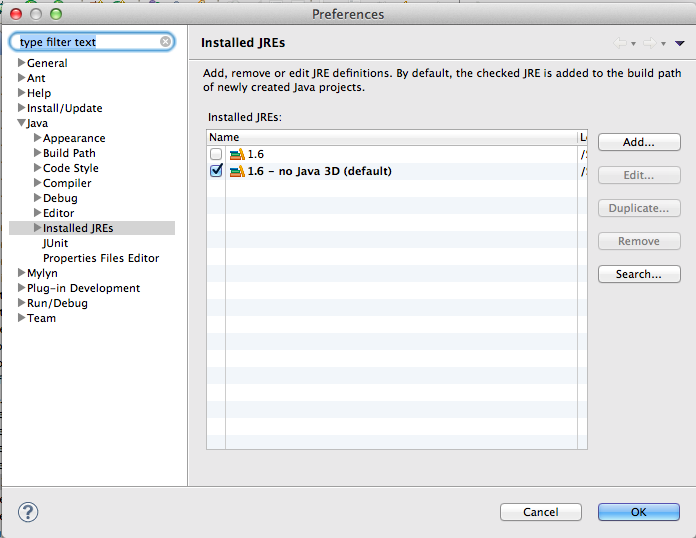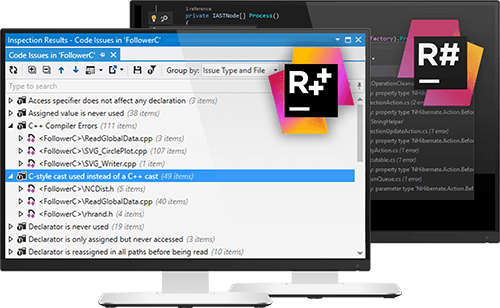

- #Installing jdk 8 with eclipse for mac osx how to
- #Installing jdk 8 with eclipse for mac osx install
This approach is handy if you don’t have root privileges, but both JDKs are already installed on your system.

The examples below demonstrate this usage when running maven. Many applications support using the JAVA_HOME environment variable, as a way to specify which JDK should be used to run the application. Selecting Java Versions by Setting JAVA_HOME $ JAVA_8=$(alternatives -display java | grep 'family java-1.8.0-openjdk' | cut -d' ' -f1)Ī similar approach can be followed for javac. Similarly, switching to JDK 8 via alternatives by non-interactive means: $ JAVA_11=$(alternatives -display java | grep 'family java-11-openjdk' | cut -d' ' -f1) Here is an approach to switch to JDK 11, via alternatives, using non-interactive means, which comes in handy if you need to script it: There are 2 programs which provide 'javac'. There is no need to switch anything else as every other JDK binary will switch either with the java or the javac binary: We do the same for javac since java and javac are independently managed. This will switch the system java binary to JDK 11. There are 2 programs which provide 'java'. Next, we are going to switch to JDK 11, using the alternatives -config command: We see that java and javac are managed by alternatives. First, lets see which binaries are managed by alternatives: JDK 8 has been given a higher priority on RHEL-8 than JDK 11. The alternatives system uses priorities in order to determine which JDK should be available via /usr/bin/java. This means a system administrator can switch the system java (or javac) to be something other than the default, JDK 8. Java and javac binaries on RHEL 8 are managed by the alternatives system. Selecting Java Versions with Alternatives
#Installing jdk 8 with eclipse for mac osx install
$ sudo yum install java-1.8.0-openjdk-devel java-11-openjdk-devel maven If you already know that RHEL packages are OpenJDK builds, yum list available might be useful too:įor the purpose of this article, we are going to install JDK 8 and JDK 11 in parallel, and also install maven: The -devel packages will pull in -headless packages as a dependency. For the purpose of this article, we’re interested in the development kits, so we’ll install the -devel sub-packages instead. This command tells us that packages java-1.8.0-openjdk-headless and java-11-openjdk-headless both provide the java binary. In order to figure out which RPM packages to install, we can ask the packaging system which ones provide the java binary: Let's consider we have a freshly commissioned Red Hat Enterprise Linux 8 machine and we'd like to use it for running Java applications.

If you prefer to watch a short 4 minute demo video, here it is: Yes, with JDK 11 you can directly run Java source files. $ /usr/lib/jvm/java-11-openjdk/bin/java HelloWorld.java $ cat > HelloWorld.java HelloWorld.java < To install JDK 8, use: (If you didn't select Make this user administrator during install see this article to enable sudo on RHEL) Through this article, you’ll learn how to install and run simple Java applications on RHEL 8, how to switch between two parallel installed major JDK versions via alternatives and how to select one of the two JDKs on a per-application basis. JDK 8 and JDK 11 refer to Red Hat builds of OpenJDK 8 and OpenJDK 11 respectively. In this article, I’ll refer to Java 8 as JDK (Java Development Kit) 8 since we are focusing on the development aspect of using Java. With Red Hat Enterprise Linux (RHEL) 8, two major versions of Java will be supported: Java 8 and Java 11.
#Installing jdk 8 with eclipse for mac osx how to


 0 kommentar(er)
0 kommentar(er)
